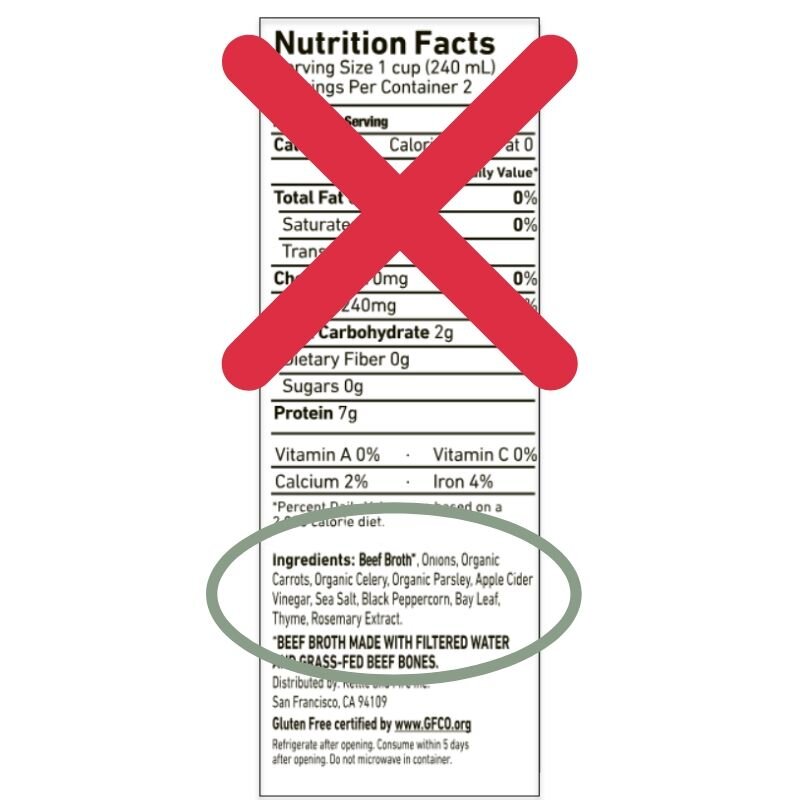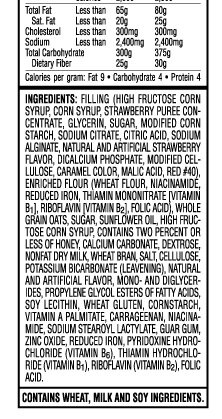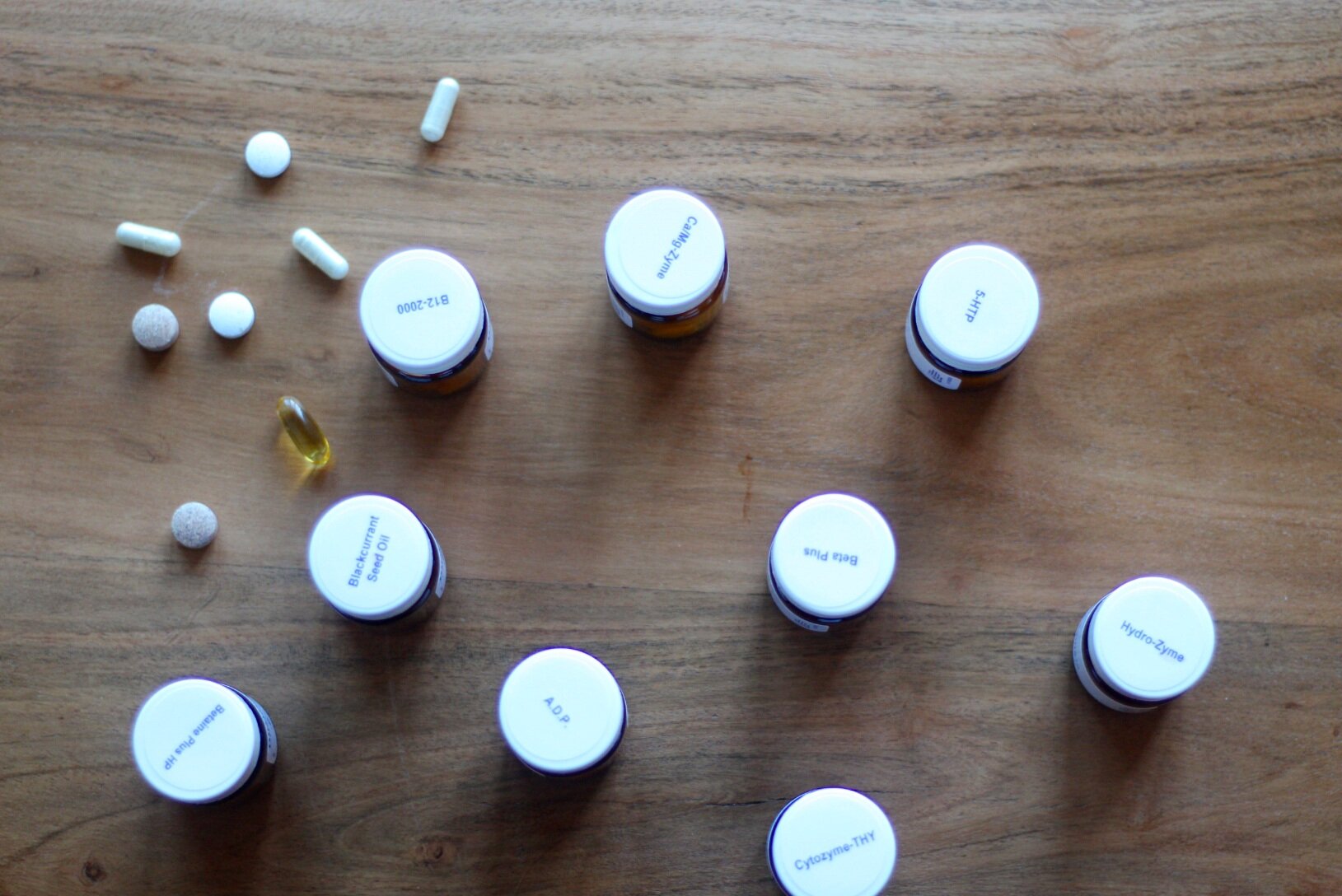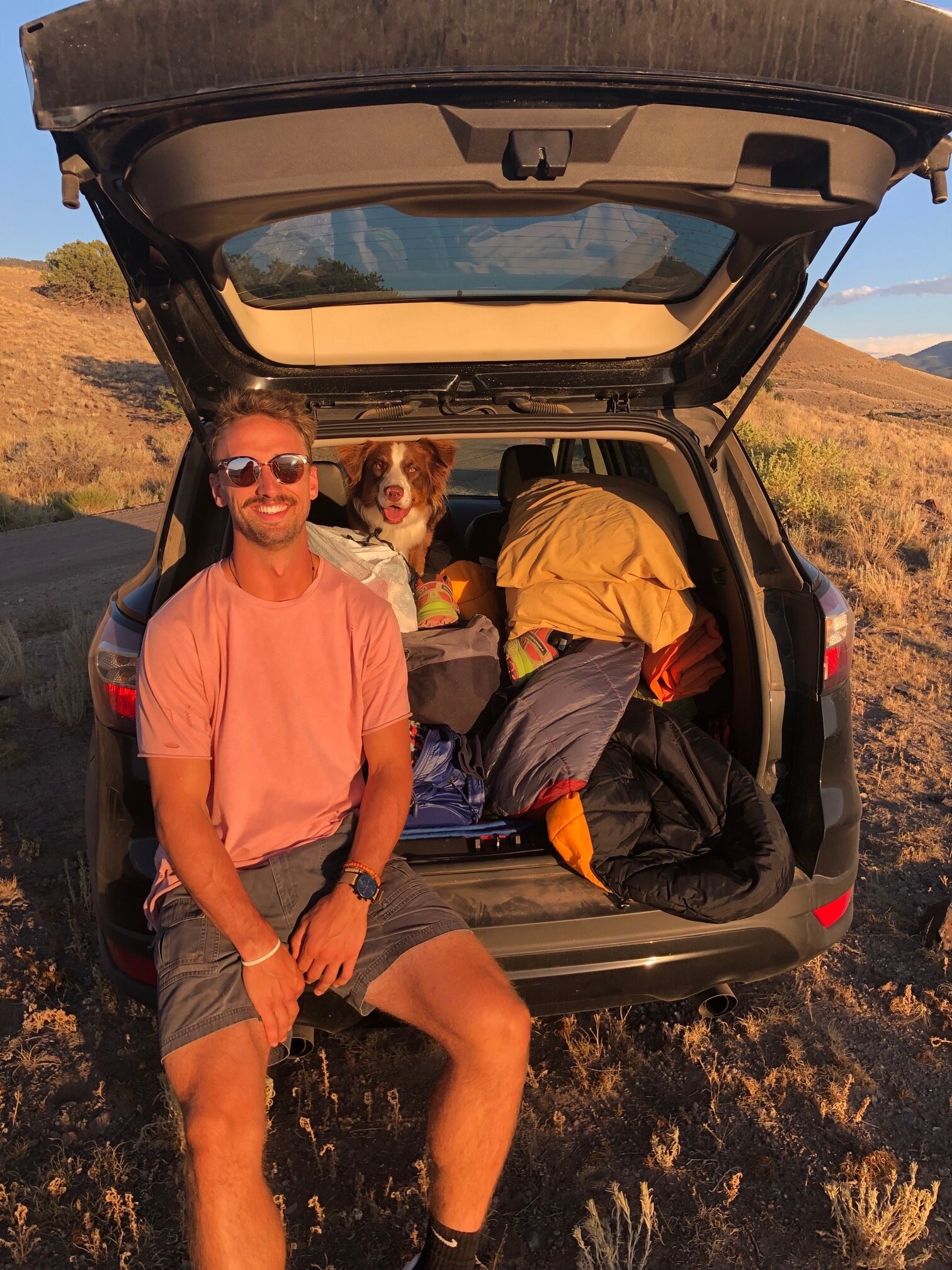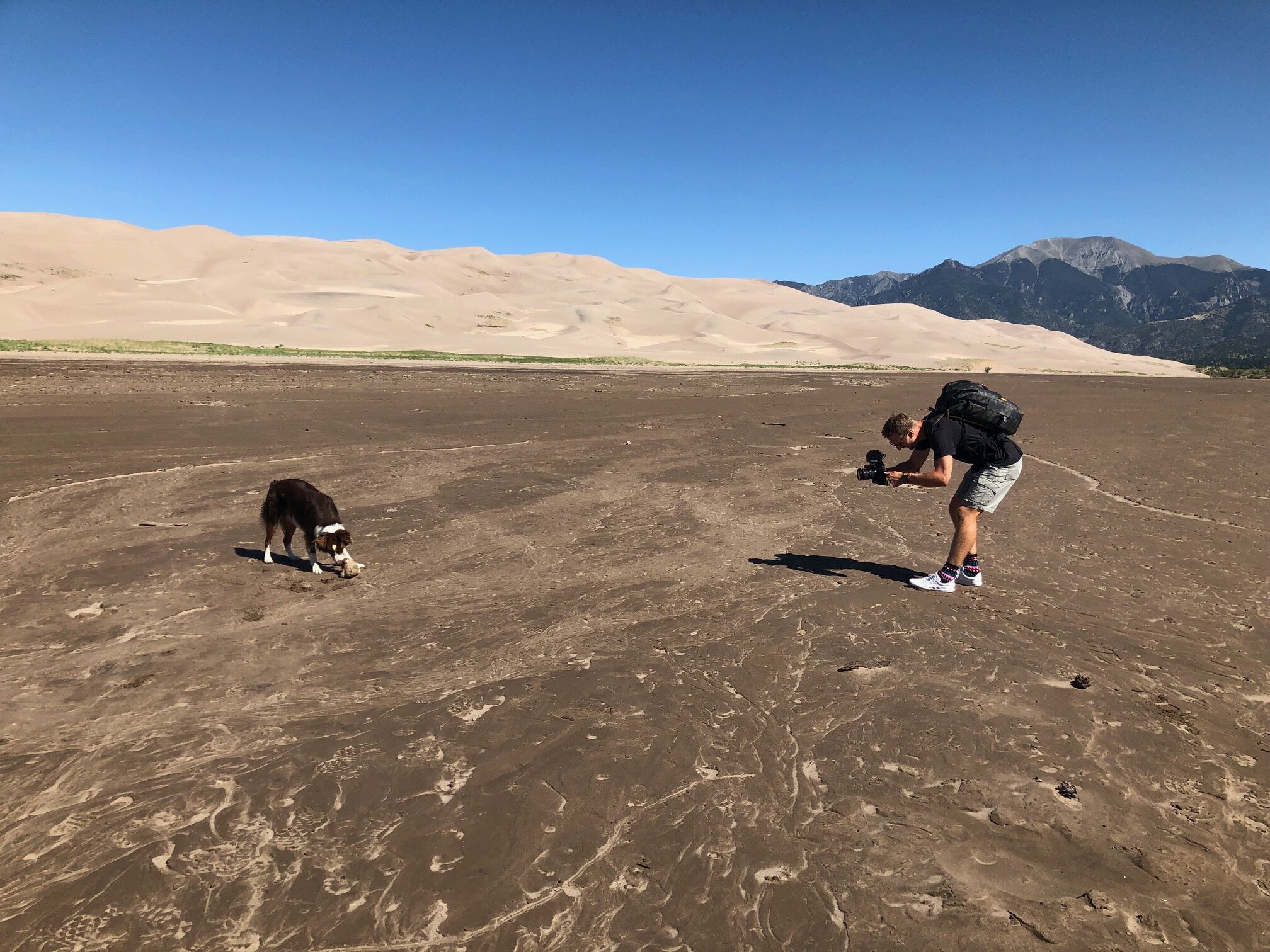Our Non-Toxic Baby Must Haves
Prioritizing non-toxic products for Beck was and is very important for my husband and I. On a daily basis, we are all exposed to countless toxins and chemicals that are absorbed through our skin, the air we breathe, the food we eat, etc. SO being able to limit and control the amount of toxins he’s exposed to from the beginning is a huge focus for our family. Is EVERYTHING 100% clean? Absolutely not. But do we try to keep the majority clean? Yes.
If you struggle to decide or prioritize which non-toxic products to go with and when (because let’s be honest- they’re more of an investment), I recommend assessing the following: What is your little babe going to be wearing the most? Sleeping in the most? Having skin to skin contact most frequently/the longest duration on a daily basis? Those are the items you want to prioritize when you can! Another tip… YOU DON’T NEED TO BUY A TON OF SHIT. Babies need you. Try not to get caught up in the pressure that the baby product market puts on families to buy, buy, buy the next best thing ALL the time. Get some basics and as you learn more about your babe once they arrive, pivot as needed!
(We also love buying certain products second-hand when possible to save on budget. Facebook Marketplace and Goodwill have been a DREAM).
As requested, I have compiled a list of all of our “must have’s” that we use with Beck on a daily basis. For the sake of time, I linked them in a Google Doc rather than making a full blog post with all the bows and whistles. (#momlife) If you have any questions about the products we use, comment below or shoot me an email at bunsinbalance@gmail.com!















